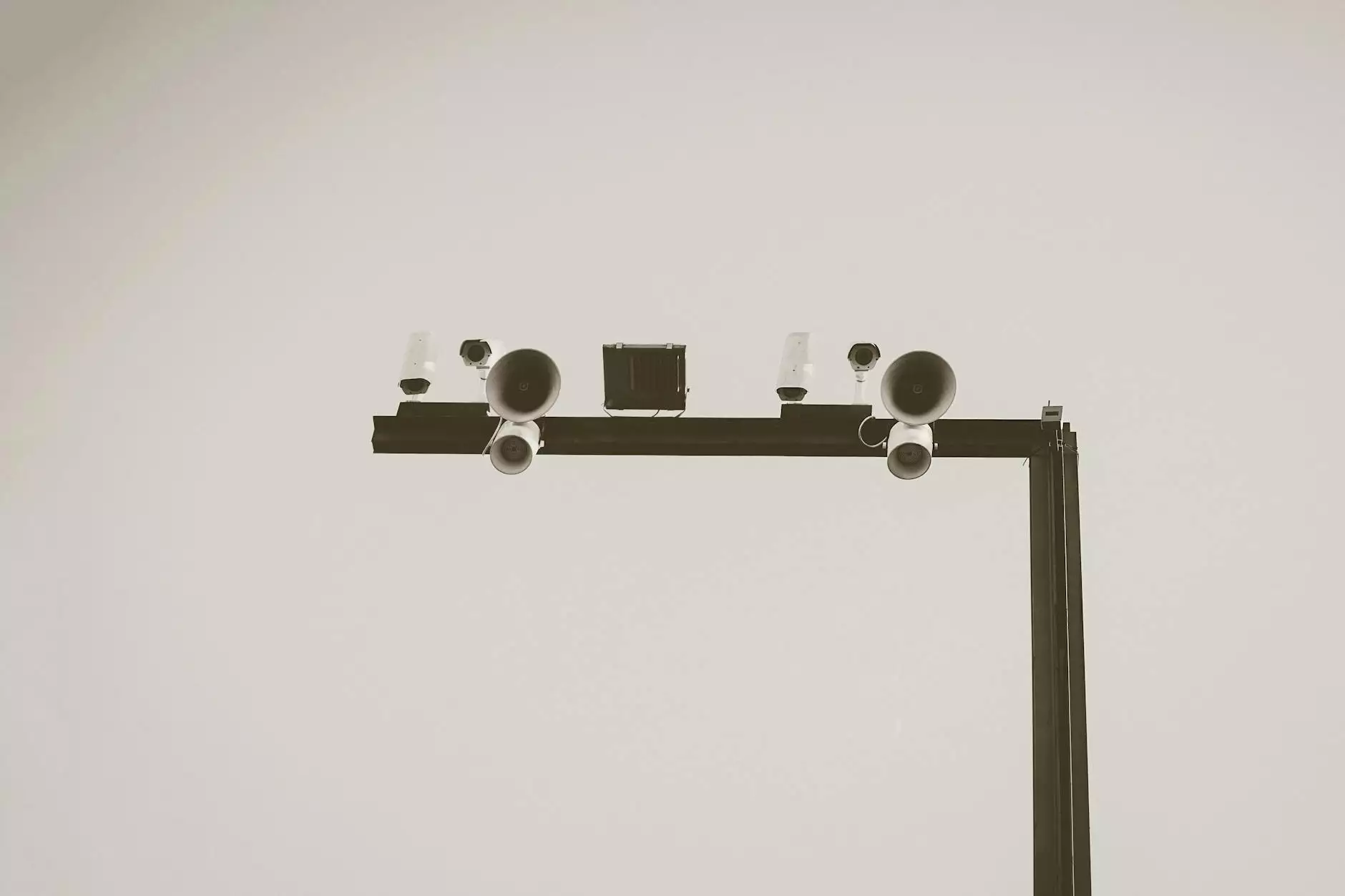Pool Plastering: The Ultimate Guide to Revamping Your Swimming Pool

Owning a swimming pool is a luxurious addition to any home, but maintaining its beauty and functionality is essential for enjoying it for years to come. One critical aspect to consider is pool plastering, which not only enhances the visual appeal but also extends the lifespan of your pool. In this comprehensive guide, we will delve into everything you need to know about pool plastering, ensuring you have the knowledge to make informed decisions.
Understanding Pool Plastering
Pool plastering refers to the process of applying a layer of material on the interior surface of a swimming pool. This layer serves multiple purposes, including:
- Aesthetic Improvement: A fresh coat of plaster transforms the pool's appearance.
- Protection: It protects the underlying structure from water damage and erosion.
- Surface Smoothing: Plaster creates a smooth and safe surface for swimmers.
Why Is Pool Plastering Important?
As a key feature of pool maintenance, pool plastering significantly impacts the overall health of your swimming pool. Here are some reasons why it's crucial:
- Durability: Quality plaster can last 10 to 15 years, minimizing the need for frequent repairs.
- Improved Water Chemistry: A properly plastered pool helps maintain balanced water chemistry, preventing algae growth and staining.
- Increased Property Value: An aesthetically pleasing pool can enhance your home's value and appeal.
Types of Pool Plastering Materials
Choosing the right plaster material is vital for achieving a long-lasting and beautiful finish. Here are the most popular options:
1. Standard White Plaster
This traditional option is composed of white cement mixed with marble dust. It creates a smooth, bright surface that is highly reflective, giving your pool a classic look.
2. Colored Plaster
Colorful plaster options allow homeowners to customize their pools. Various pigments can be added to the plaster mix, resulting in a unique look to complement any landscape.
3. Pebble Plaster
Pebble plaster consists of small pebbles mixed with plaster, providing an attractive, textured surface that is durable and slip-resistant, making it perfect for high-traffic swimming areas.
4. Aggregate Plaster
This type combines plaster with aggregates like quartz or glass beads, enhancing durability and creating a shimmering effect in the water.
Steps Involved in Pool Plastering
The pool plastering process involves several crucial steps, ensuring a high-quality finish:
Step 1: Preparation
Before plastering starts, the pool must be drained, and the existing surface needs to be entirely cleaned. Any cracks or damages must be repaired, providing a suitable foundation for the new plaster.
Step 2: Bonding Agent Application
A bonding agent may be applied to enhance adhesion between the new plaster and the underlying structure. This step is vital for ensuring the plaster does not peel or chip in the future.
Step 3: Mixing the Plaster
The plaster compound is mixed to a specific consistency, ensuring it can be easily applied while maintaining durability.
Step 4: Applying the Plaster
The plaster is applied by skilled professionals using trowels, ensuring an even and smooth application. This step requires precision to achieve the desired finish.
Step 5: Curing Process
After application, the plaster must cure properly. This involves keeping it wet for several days, allowing it to set and bond effectively to the pool structure.
Maintaining Your Newly Plastered Pool
To ensure the longevity of your pool plastering, regular maintenance is essential. Here are some tips to keep your pool in pristine condition:
- Regular Cleaning: Remove debris, leaves, and dirt from the pool's surface to prevent staining.
- Proper Water Chemistry: Monitor and maintain balanced pH levels to reduce the risk of etching or scaling.
- Avoid Abrasive Cleaners: Use soft pool brushes and non-abrasive cleaners to protect the plaster surface.
Common Issues with Pool Plastering
Even with proper care, issues may arise over time. Here are some common problems and their solutions:
1. Staining
Stains may appear due to algae, metals in the water, or other factors. Regular water testing and pool maintenance can help prevent this.
2. Cracking
Fine cracks may develop over time due to settling or weather changes. These can often be repaired without needing to re-plaster.
3. Peeling
If the plaster begins to peel, it may indicate poor adhesion. In this case, assessing the underlying structure and re-plastering may be required.
Cost Factors of Pool Plastering
Understanding the costs associated with pool plastering can help you budget appropriately. Here are the primary factors that influence pricing:
- Size of the Pool: Larger pools require more materials and labor, increasing the overall cost.
- Type of Plaster: Specialty finishes like pebble or aggregate plaster cost more than standard white plaster.
- Labor Costs: Experienced professionals may charge a premium for their services, but the quality of work is often worth the investment.
Choosing a Pool Plastering Company
Finding the right professionals for your pool plastering project is essential. Here are some tips to consider when making your choice:
- Experience: Look for companies with extensive experience in pool plastering and a solid reputation.
- References and Reviews: Check online reviews and ask for references to gauge past customer satisfaction.
- Portfolio: Examine previous work to ensure their style aligns with your vision.
The Benefits of Professional Pool Plastering
While DIY options may seem tempting, hiring professionals for pool plastering provides numerous benefits:
- Quality Assurance: Professionals ensure high-quality materials are used and applied correctly.
- Time Savings: Experts can complete the job more efficiently than an inexperienced homeowner.
- Warranty Protection: Many professional services offer warranties on their work, providing peace of mind.
Conclusion
Pool plastering is not just about aesthetics; it's a critical component of pool maintenance that directly impacts longevity and safety. Whether you are looking to revamp an aging pool or maintain a newly plastered surface, understanding the importance of quality materials and professional service is vital for achieving the best results. At poolrenovation.com, we offer expert advice and services to ensure your swimming pool remains a beautiful oasis for years to come.
Contact Us for Expert Pool Plastering Services
If you are considering a pool plastering project, don’t hesitate to reach out to our knowledgeable team. We are here to discuss your options and provide tailored solutions that fit your budget and vision. Your dream pool is just a plaster away!








